Net Zero Carbon
We’ve set ourselves the goal to be net zero carbon by 2030 target. Find out how we’re going to achieve it.
Snapshot 2021
14%
All electric - total portfolio
Based on net internal area (NIA), our total portfolio is 14% all electric. This includes buildings that were already all electric (e.g. 76-78 Charlotte Street), buildings refurbished to be electric (6-8 Greencoat Place) and new build electric properties (80 Charlotte Street). Additionally a further 10% of NIA is currently on site being retrofitted.
49%
Occupier engagement
Through the survey and individual meetings, by the end of Q4 we engaged with 49% of our occupiers, based on ERV.
66%
Operational carbon in unmanaged portfolio
Through engagement with our occupiers, we now have visibility of the consumption data for 66% of our single-let properties, based on NIA. In 2022 we will continue to gather the remaining data, and develop strategies on how we can work together with our occupiers to reduce this.
500kg
CO2e/m2
Embodied carbon target by 2030
We have set phased embodied carbon targets for our commercial office new build developments: ≤600 kgCO2/m2 for those completing from 2025 and ≤500 kgCO2/m2
23%
Green gas
23% of our total gas consumption is covered by a green tariff. This is in addition to 99.4% of our electricity on a renewable tariff.
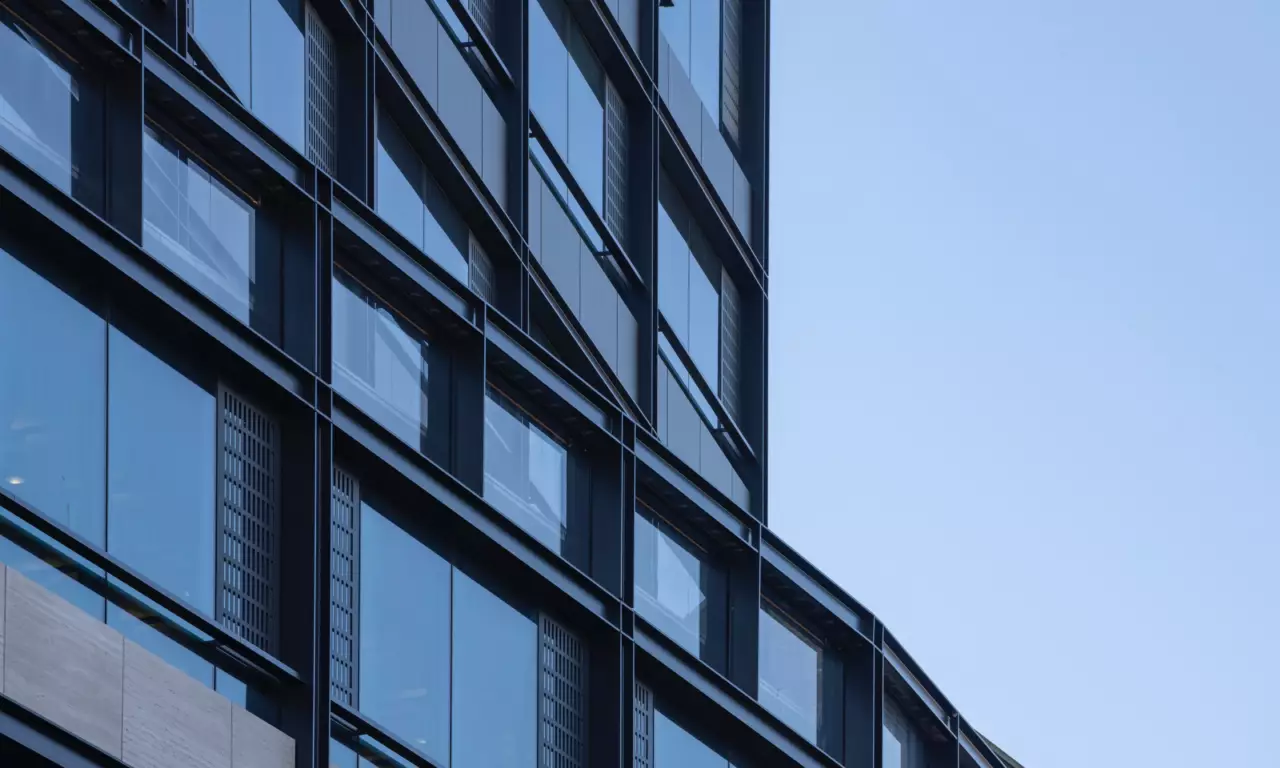
“Our ‘long-life, loose-fit, low-carbon’ approach to property, combined with our delivery of distinctive, next-generation developments, is meeting the needs of forward-looking occupiers.”
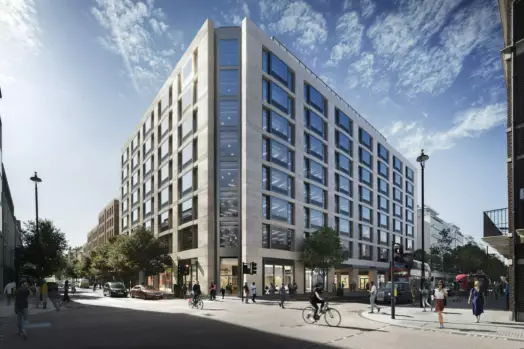
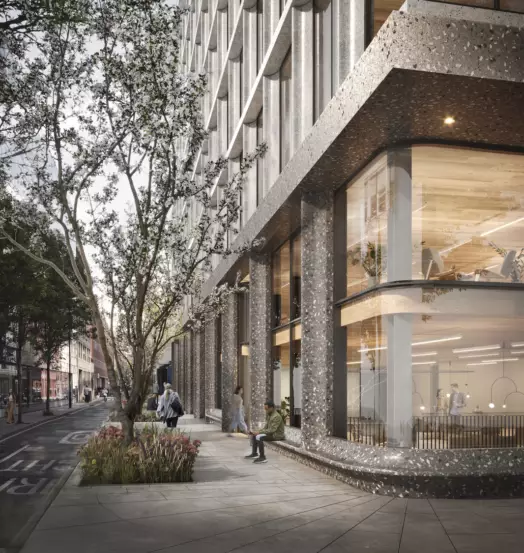
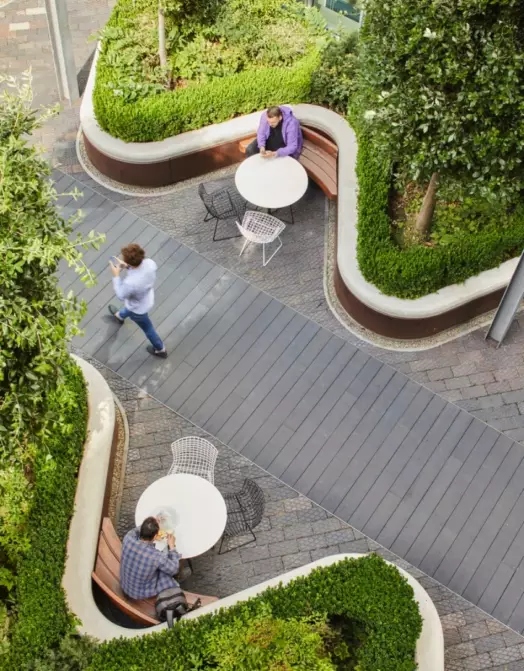
Route to net zero
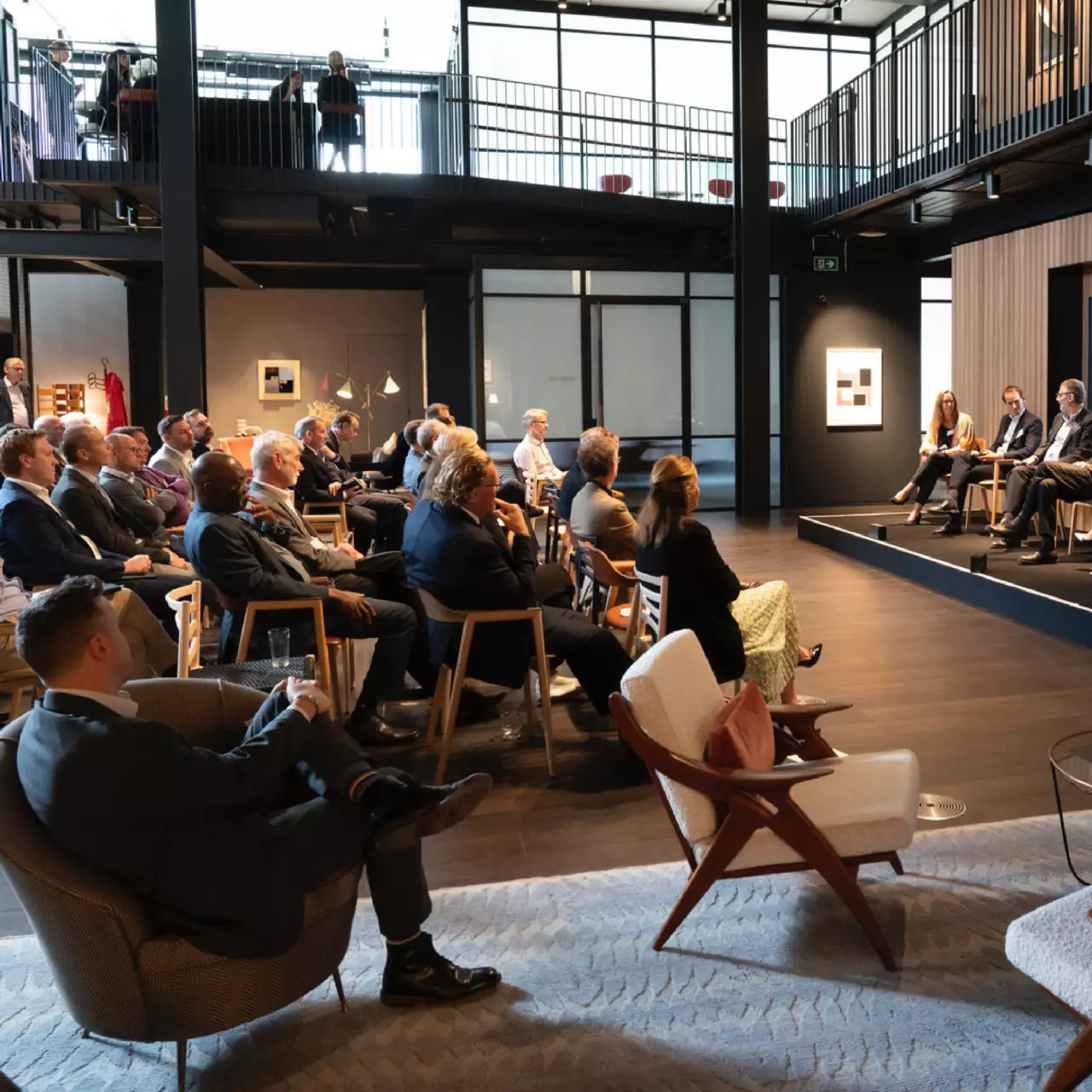
Derwent London is the largest London-focused real estate investment trust (REIT), and we have a vital role to play in raising the performance and resilience of the capital’s building stock.
Our Net Zero Carbon Pathway
In February 2020, we made the commitment to become a net zero carbon company by 2030, in line with a 1.5°C climate warming scenario. Five months later we became the UK’s first REIT to publish a pathway to net zero, detailing the framework of principles and actions that will guide us.
At the heart of our Net Zero Pathway are four core actions:
- To reduce the operational energy and carbon emissions of our buildings and new developments, working with occupiers to help them improve energy efficiency and meet their own sustainability aspirations, and introducing all electrification across the portfolio where suitable
- To reduce the embodied carbon of development projects and major refurbishments, challenging our design teams and supply chains to lessen the carbon impact of building components, materials and processes
- To procure and invest in renewable energy, specifying onsite renewables for new schemes, and investing in facilities on our own estate to provide self-generated renewable electricity
- To offset carbon emissions we cannot eliminate, working with a recognised provider to purchase offsets from the voluntary market, and exploring opportunities for woodland planting and carbon offsetting on our Scottish land
In 2021, we have made important progress on all four of these actions, and on the matters of climate resilience and carbon accounting. Find out more in the following sections or download our Net Zero Carbon 2021 progress update.
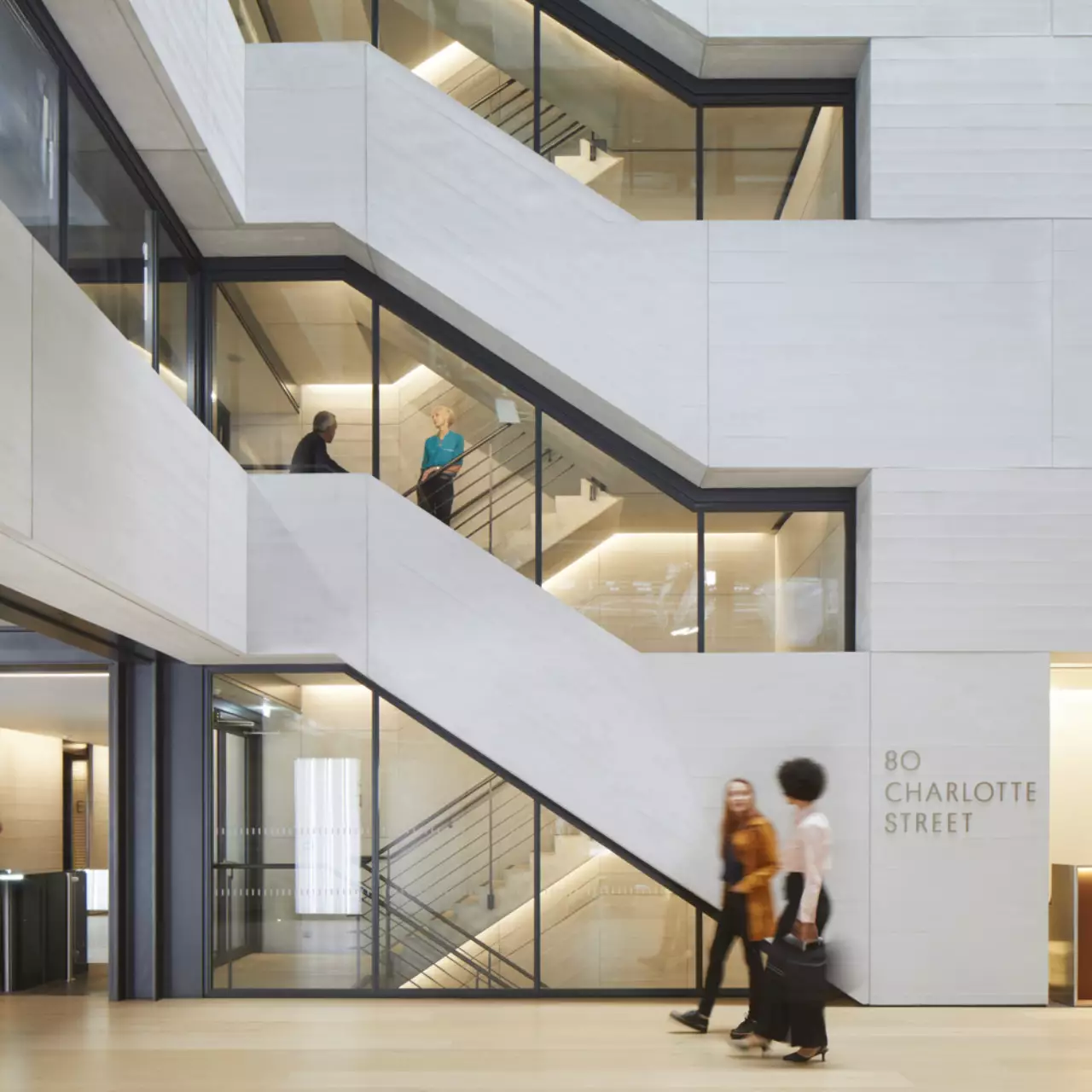
Our Net Zero Pathway naturally encompasses all the emissions that, as a business, we have direct control over, including our Scope 1 and 2 emissions. Yet more than half of our emissions as a business come from Scope 3 emissions – activities that we have no direct control over. It is essential we do all we can to reduce these, so reducing the energy consumption of our occupiers is pivotal to our 2030 net zero carbon commitment.
Made to measure
Reducing operational energy and carbon
To reduce operational energy from our side, we are using all-electric heating and cooling for new developments alongside retrofitting these systems into our older properties where we can. We are mandating NABERS UK (previously Design for Performance) for new developments and major refurbishments, to reduce their energy performance gap, and we are monitoring the ongoing energy, water and waste performance across our portfolio.
Our properties are all very different in size, design, age, construction, occupancy and energy consumption. In 2021, we moved into a phase of focusing more closely on what’s possible at individual buildings and engaging more actively and collaboratively with our occupiers to understand the potential at each site.
We have set targets for operational energy intensity that are specific to each building in our managed portfolio, in line with a 1.5°C climate warming scenario and taking 2019 as our baseline year (the last full 12-month period in which buildings were at full occupancy). These included targets for existing buildings as well as new developments. We want to continue the downward trend in energy consumption as our building occupancy rates increase, so we are engaging with teams at each property to implement a made-to-measure Net Zero Carbon Action Plan, breaking down the comprehensive targets of net zero carbon into manageable, actionable items.
Together with the building manager, property manager, asset manager and M&E contractor at each property, we are identifying opportunities for savings and timelining the actions needed to achieve them. We are firming up plans for the electrification of heating, moving buildings from gas to air source heat pumps, and looking at simpler measures, too, such as installing LEDs and infra-red sensors for energy-efficient lighting, where they are not already in use.
All of this requires closer relationships and collaboration with individual occupiers. Our net zero carbon occupier survey, carried out in September 2021, laid the foundations for future cooperation.
A large number of our occupiers, big and small, responded (49% based on estimated rental value). They included Boston Consulting Group, Burberry, Capital One, Depop, Expedia, the Premier League and Sony Pictures. Many of them are as focused as we are on sustainability goals. We learnt that two-thirds (71%) already have waste reduction measures in place, while 63% have adopted energy efficiency measures and 67% have employee and customer engagement programmes up and running. Nearly half (45%) of respondents were positive about incorporating ‘greener’ clauses into their lease agreements or developing a ‘green partnership’ agreement that focused on reducing emissions together. All percentages are based on ERV.
Crucially, we have been able to build a picture of the six key barriers and challenges preventing occupiers from fully delivering on reductions to their carbon footprint:
• Where to start: Understanding how to transform emissions data into meaningful reductions
• Whose carbon is it anyway? Understanding where the responsibility lies for different emissions (Scopes 1, 2 and 3), and setting appropriate, achievable targets
• Changing behaviour: Engaging employees and integrating carbon reduction measures into daily workplace activities
• Resources: Limited capacity for data collection and management, and for ensuring consistent standards
• Supply chain: Challenges in collecting and reporting Scope 3 emissions, and in implementing consistent sustainability standards across supply chains
• Operations: Having a voice in their building – influencing the source of energy supply and recycling facilities
We have taken all these challenges on board and are in the process of building a dialogue with our occupiers and building managers that will enable them to share best practice, set targets and benchmark their performance. We are sharing guidance and case studies on how to reduce energy and water consumption, and waste. We have also resumed our Occupier Forums, which has given us the chance to explain our Net Zero Carbon Pathway in more depth, share news and ideas, and hear first-hand from managers and employees about how else we can support them.
Our occupiers are all at different stages of their journey. Data shows that the environmental agenda within our occupier businesses is being driven by senior executives, sustainability teams and their employees. With engagement from all levels, we are planning to work with our occupiers to drive sustainable change across our buildings. Data from the survey will help us strengthen our relationships, bring us closer together to work on reducing operational carbon in our buildings, and become a cornerstone of our Occupier Engagement Strategy.
Our 2021 survey has been the first step towards better collaboration, and, in the years ahead, we look forward to it bearing fruit.

As well as measuring the carbon impact of our buildings in use, we also assess the carbon footprint generated by our buildings before they become operational.
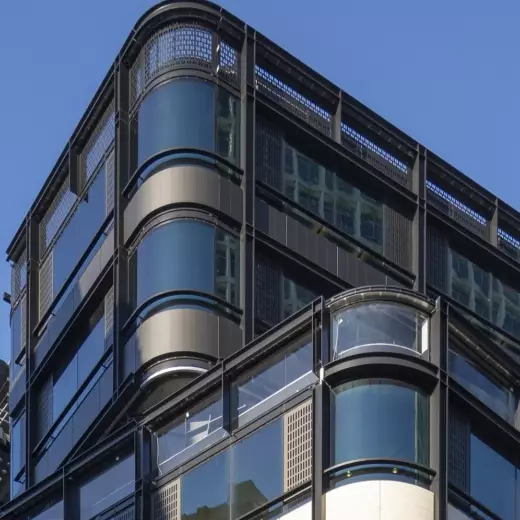
Physical Endeavours
Reducing embodied carbon
Embodied carbon relates to the physical realisation of a building: it is the total carbon dioxide equivalent emissions generated at every stage of its construction, from the clearance of the site and laying of its foundations to the extraction, production and transport of its structural frame, cladding, glazing and plant, to every internal item, right down to the last nut and bolt.
We have been measuring the embodied carbon of our developments and refurbishments since 2013, when we released our Embodied Carbon Assessment brief and set out our measurement approach across our development pipeline. In 2021, as the industry starts to take a firm grip on reducing operational energy, the focus has fallen increasingly on embodied carbon.
In 2021 we set ambitious embodied carbon targets as a guide for our design teams, aimed at new commercial office buildings coming on stream in 2025, 2030 and beyond*, and we are looking closely at the potential of new, low carbon alternatives to conventional construction materials, such as low cement concrete. As we know and, as was reiterated at COP26, after water, concrete is the most consumed material on earth. The industry must address the embodied carbon locked up in its most high-volume construction materials.
It should not confine itself to new construction, either. Working with our consultants and contractors, we want to understand how innovative methods of construction might reduce the embodied carbon of existing buildings. In 2021, we completed a study looking at the feasibility of re-using structural steel in its original form (rather than melting it down and re-casting it): taking steelwork from one building, adapting it and using it again in another development.
The properties in question were Network Building W1 on Tottenham Court Road, which is due for redevelopment, and Bush House WC2 on Aldwych, where we are exploring the potential to retrofit and extend this Grade II-listed building. The study examined the costs, challenges and possible carbon benefit. It found that the benefit in this case was outweighed by complexities involved in demolition, fabrication and programme impact. The exercise has progressed our understanding of the issues and we are confident that other opportunities will arise.
In line with our Net Zero Carbon Pathway, we are now carrying embodied carbon assessments on our major refurbishments as well as smaller retrofit projects. In 2021 we completed the following schemes, total embodied carbon (A1-A5) shown below:
- 19 – 23 Fitzroy Street - 180 tCO2e
- 3-5 Rathbone Place – 161 tCO2e
- 6-8 Greencoat Place – 763 tCO2e
- DL/78 – 93 tCO2e
The residual carbon was offset through our offsetting partner Natural Capital Partners, via a reforestation project in East Africa and is validated under VCS and CCB.
*Commercial Office New Build developments completing from 2025: ≤600 kgCO2e/m2
*Commercial Office New Build developments completing from 2030: ≤500 kgCO2e/m2
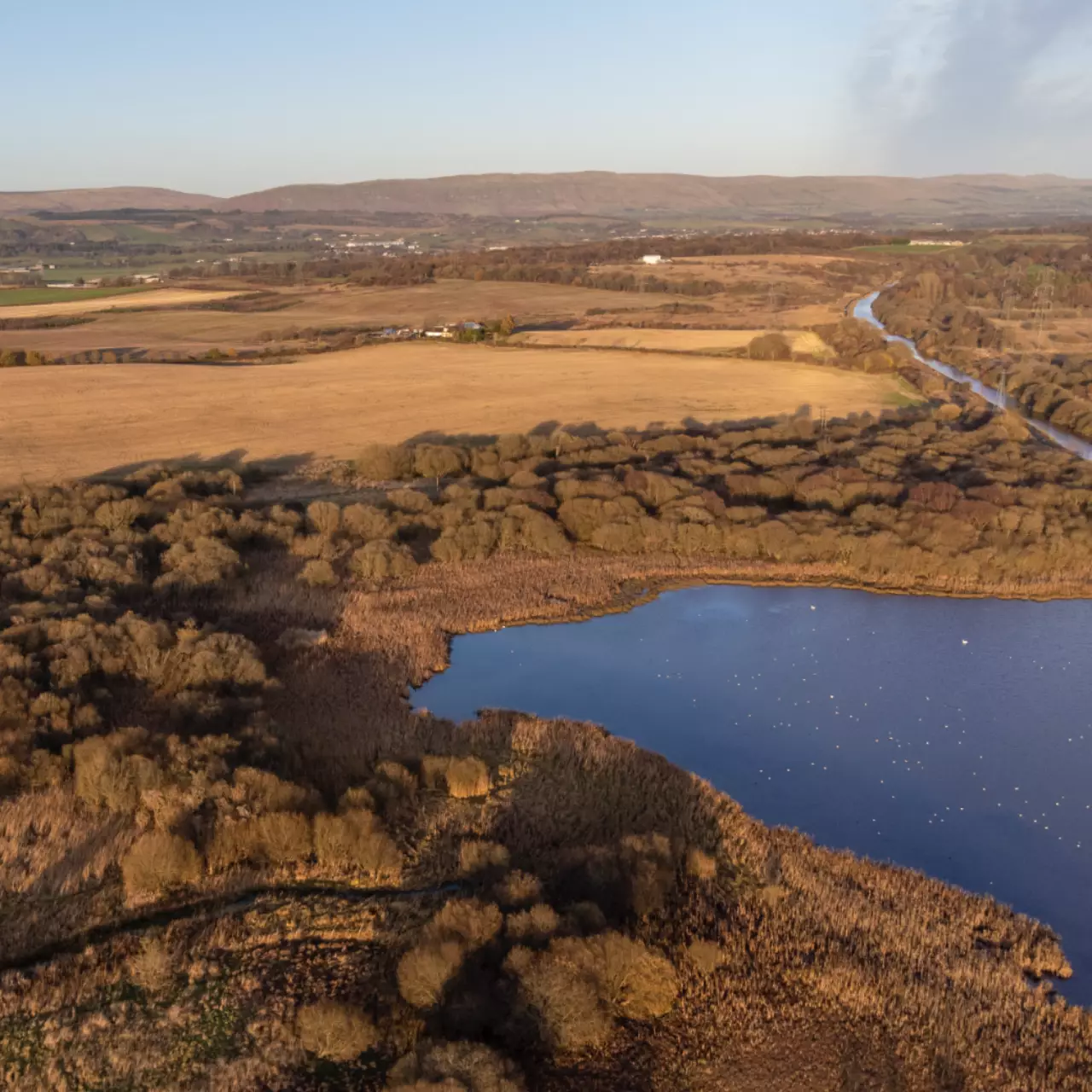
Renewable forms of energy generation are at the centre of our push to become a net zero carbon business – and we are not simply relying on the grid for the renewable energy our portfolio will need. Due to this Derwent London is set to become an energy producer.

Next generation
Procuring and investing in renewable energy
In October 2021, we submitted an application to Glasgow City Council for a solar park that, on completion, could meet up to 43% of our managed portfolio electricity needs (based on 2019 consumption).
The site at Lochaulds Farm, around three miles north of Glasgow city centre, is a long way from our patch in central London. However, as part of our Scottish portfolio, it offers an unmissable opportunity when it comes to our net zero carbon goals – to serve the portfolio as a whole. The site itself occupies open, flat farmland close to the electricity distribution network, not in an environmentally sensitive area, and is well-screened from surrounding viewpoints.
If granted planning, the sites 60,000 ground-mounted photovoltaic (PV) panels and associated infrastructure will deliver up to 18.4 MW of renewable energy when complete, and feed directly into the national grid. At c.100 acres it will be Scotland’s largest operational solar farm (at the time of writing), and as well as generating almost half of Derwent London’s renewable electricity, it will generate jobs and skills in the local community during the six-month construction period and beyond.
Building capacity for renewable energy generation supports our all electric strategy as we target reduced emissions. With our own renewable electricity generation we can demonstrate additionality, adding to the nation’s renewable energy resource, displacing fossil sources and offering our occupiers the chance to purchase the electricity we generate.
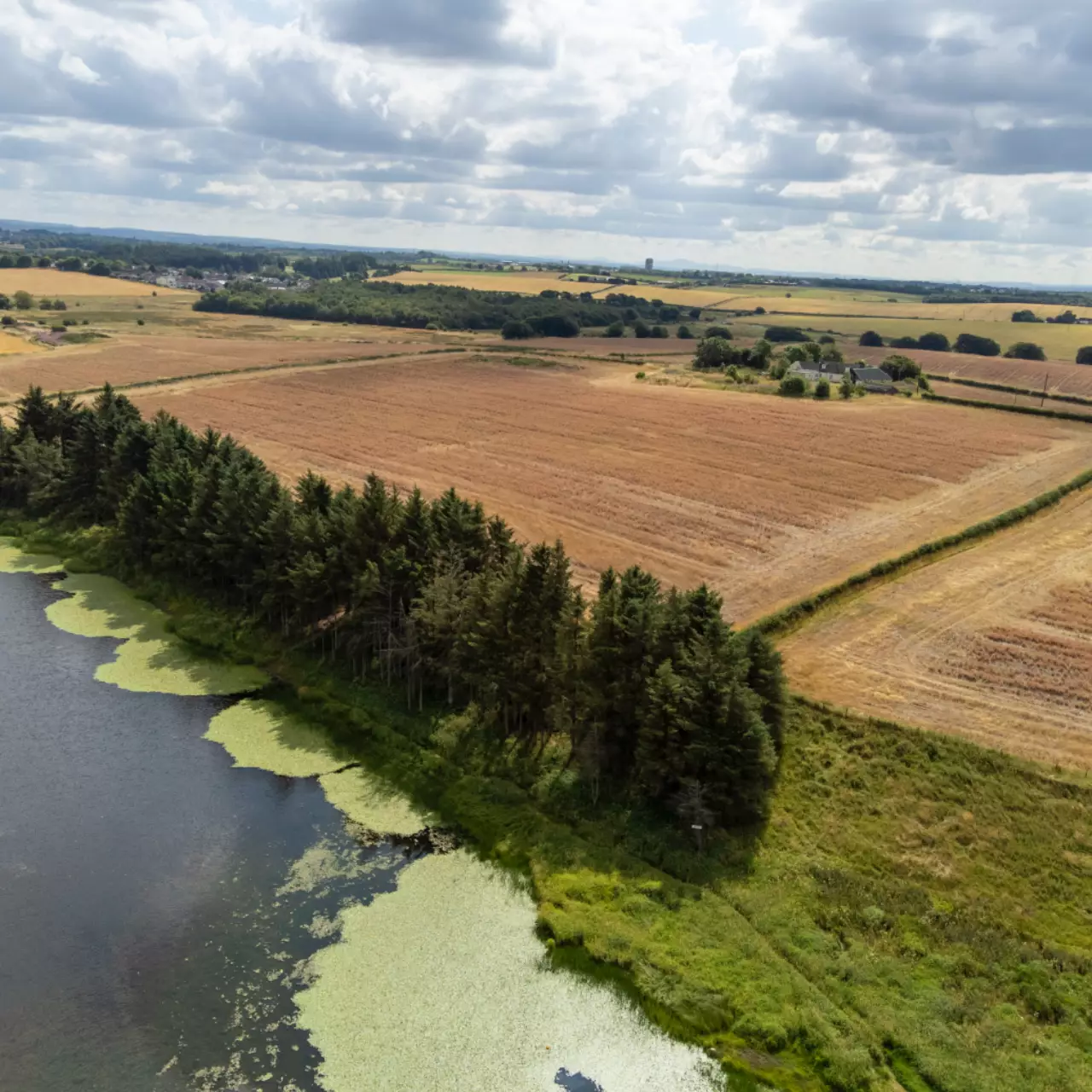
There’s only so much we can do directly to reduce our carbon footprint. It includes residual emissions that, at present, simply can’t be got rid of. That’s why, alongside our efforts to minimise the energy use in our buildings and the embodied carbon of our development pipeline, our Net Zero Carbon Pathway includes an ongoing programme of carbon offsetting.
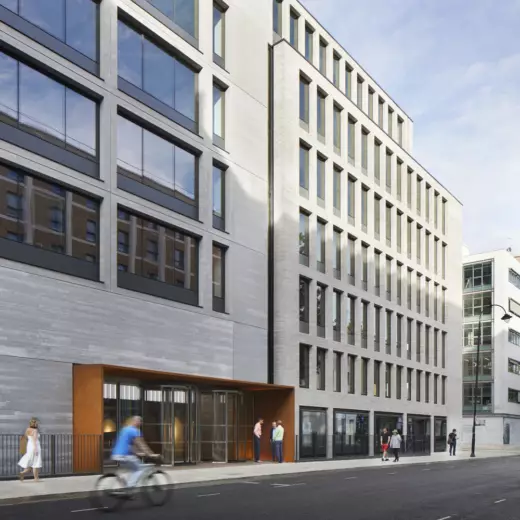
Sowing seeds
Offsetting carbon emissions
Working with Natural Capital Partners, we have purchased carbon offsets generated by community-based reforestation programmes in Kenya and Uganda. Our first purchases, in 2020, related to the residual embodied carbon from the 80 Charlotte Street project. In 2021, the only projects completed were a number of small refurbishments, and these were covered by further offset purchases, supporting the same initiative.
In the same way that we are becoming more self-sufficient in our renewable energy use, we have also taken our first steps towards generating our own carbon credits, also known as ‘insetting’.
Six years ago, we planted 107 acres of woodland – equivalent to 81 football fields – as part of a carbon removal programme on our Scottish land. In 2021, we banked our first carbon credits from the scheme. We estimate that, 25 years after the planting, the carbon sequestered from this woodland will equate to around 37% Derwent London’s anticipated residual emissions, should all our electricity and gas come from renewable sources.
That’s just the beginning. Across the Scottish portfolio, we have identified a further 1,050 acres of land potentially suitable for woodland planting – almost 800 football fields.
Staying strong
As a business our very survival relies on our climate-resilience. It’s vital we anticipate and respond to new or changing climate-related risks.
Our properties and occupiers need to be protected against possible future physical risks from storms, flooding and heat stress. Yet we also need to be ready to act as climate-related legislation evolves.
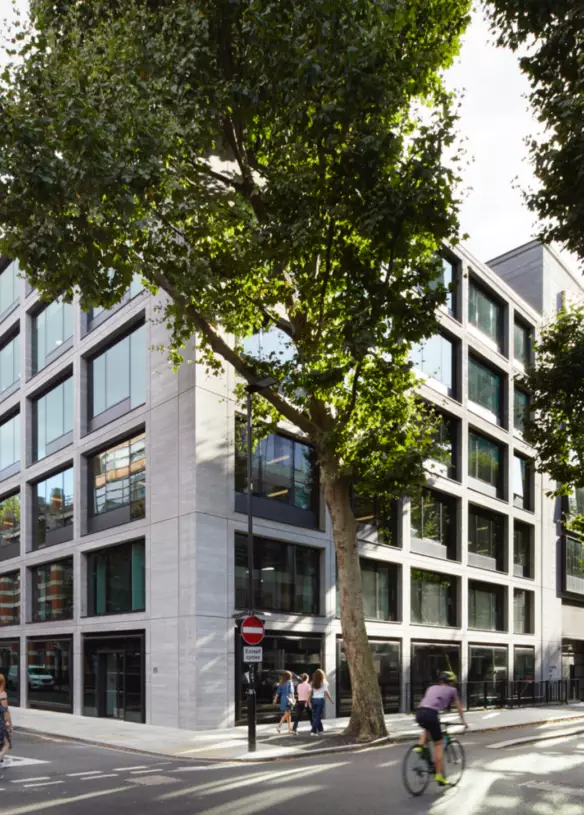
Climate resilience
In 2020, we carried out a deep-dive analysis of the threats to our business from different future climate scenarios as part of our disclosure to the Task Force on Climate-related Financial Disclosure (TCFD). The study pinpointed ‘transition risks’ resulting from further climate change, such as changes in occupier demands and increases in the cost of raw materials and carbon offsets. It also identified the physical risks to our buildings and occupiers from global temperature rises of 2°C and 4°C.
2021 saw a shift in government legislation on the Minimum Energy Efficiency Standards (MEES) for commercial buildings – a change that directly affects us and every other property business. A consultation was carried out by government asking whether the current minimum energy performance certificate (EPC) rating of 'E' aligned with the UK’s net zero carbon ambition. In conclusion, it proposed a step-change: that all buildings should achieve an EPC rating of 'B' by 2030.
This presents a major challenge for many building-owners: the average EPC rating across London’s office stock is 'D'. That said, we have been expecting this recalibration: for some time now, movements in this type of legislation have formed part of Derwent London’s long-term risk analysis. In fact, it was part of our 2°C climate scenario analysis in our TCFD disclosure and is now built into our Net Zero Carbon Pathway.
Ahead of the legislation, in 2021 we commissioned a major study of our investment portfolio to map the technical feasibility and costs of upgrading our 'C' or below-rated properties and spaces to an EPC 'B' rating by 2030. We were keen to discover which, if any, properties were in danger of becoming stranded at a lower rating, unable to be upgraded.
The answer, we are pleased to report, was none – we expect to have our entire portfolio at EPC 'B' or better by 2030, and the approximate £97m cost (some of which we believe will be recoverable via service charges) to achieve this is in line with the £5m-£10m per annum budget we were envisaging as part of our net zero carbon programme.
Approximate cost to upgrade to EPC B
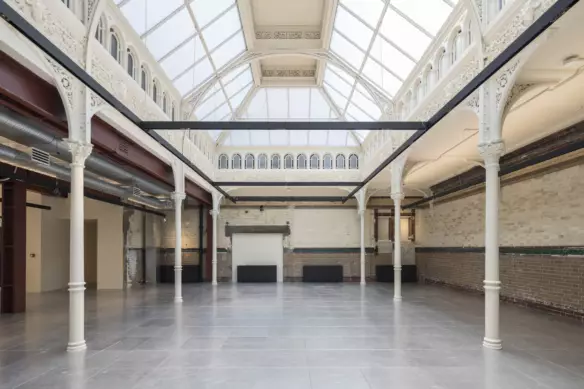
we expect to have our entire portfolio at EPC B or better by 2030
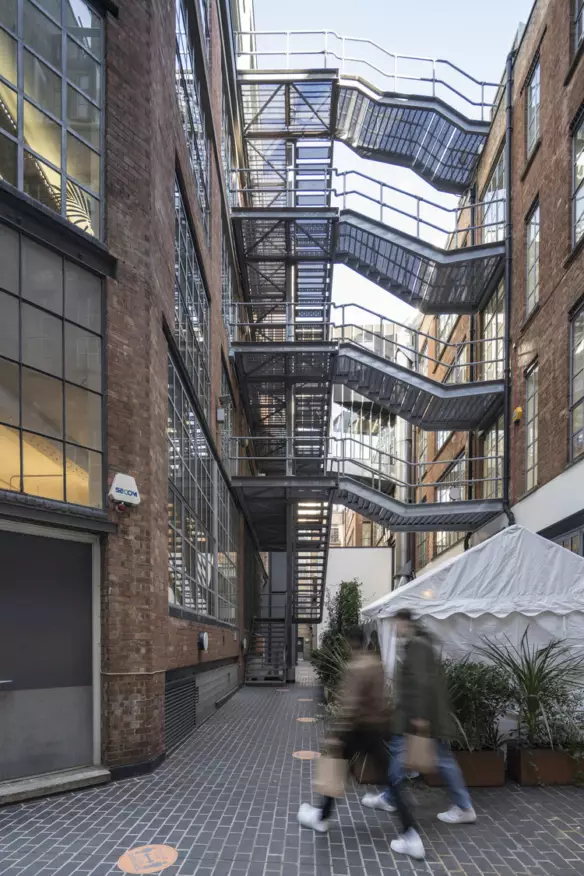
A good account
Becoming a net zero carbon property business demands a new mindset – one that’s able to make decisions about investments and developments based not only on financial criteria but also on carbon. Chief among those is the cost of carbon: the price tag of the carbon credits needed to offset the carbon footprint of each portfolio change.
Carbon balance
Accounting for carbon gives us a better understanding of what those costs are, allowing us to include it in our financial appraisals and forecasting. Our current approach is to measure and reduce the embodied carbon at each stage of design and construction. Where we can no longer reduce, as of 2020, we have been offsetting the embodied carbon of our developments at practical completion. For more information on what we have offset this year see our latest embodied carbon figures. However the embodied carbon of our developments is only one – albeit often large – portion of our carbon footprint. Therefore this year, we started to develop a portfolio-wide carbon accounting approach, to cover all our acquisitions, buildings and operations, with the aim of bringing carbon even further into our planning and activities.
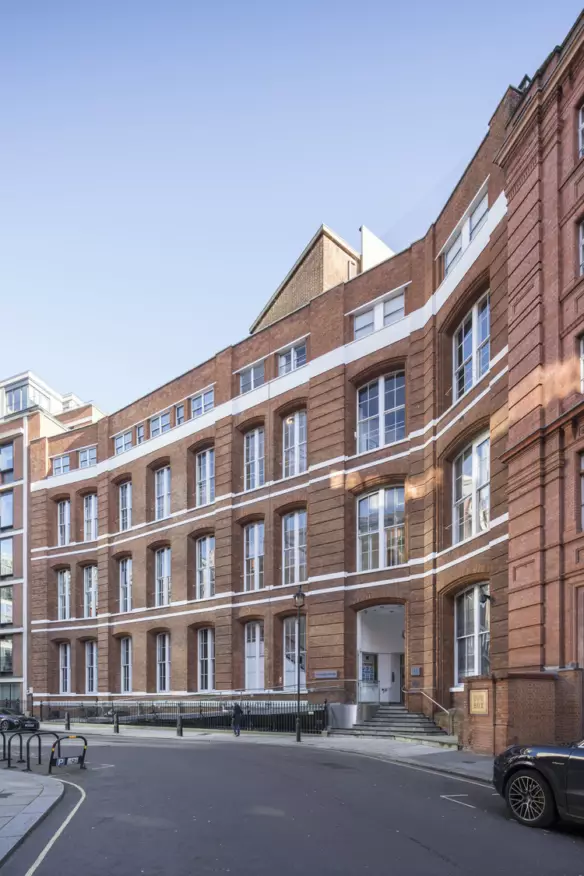
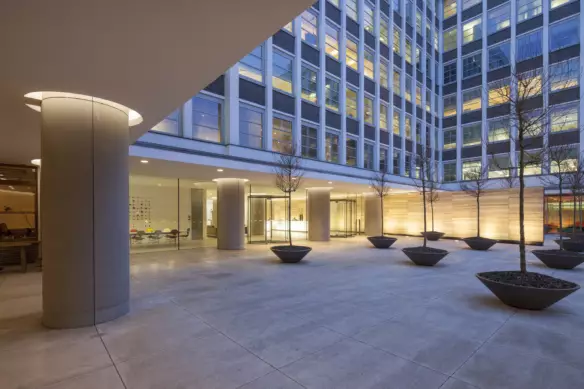
There is no accepted standard yet on how to do this. But we have been looking at a methodology which introduces a carbon balance sheet into the accounting framework to give a more holistic picture of a business’s long-term carbon condition. By doing this, we get a clearer understanding of how much carbon is embodied in our buildings, how much we are adding through our development pipeline, operations and acquisitions, and how much we are balancing through carbon offsetting. This is an emerging framework, and one we are hoping to work on closely with our peers to refine our approach this year. For more information on what we have offset this year see our latest embodied carbon figures.